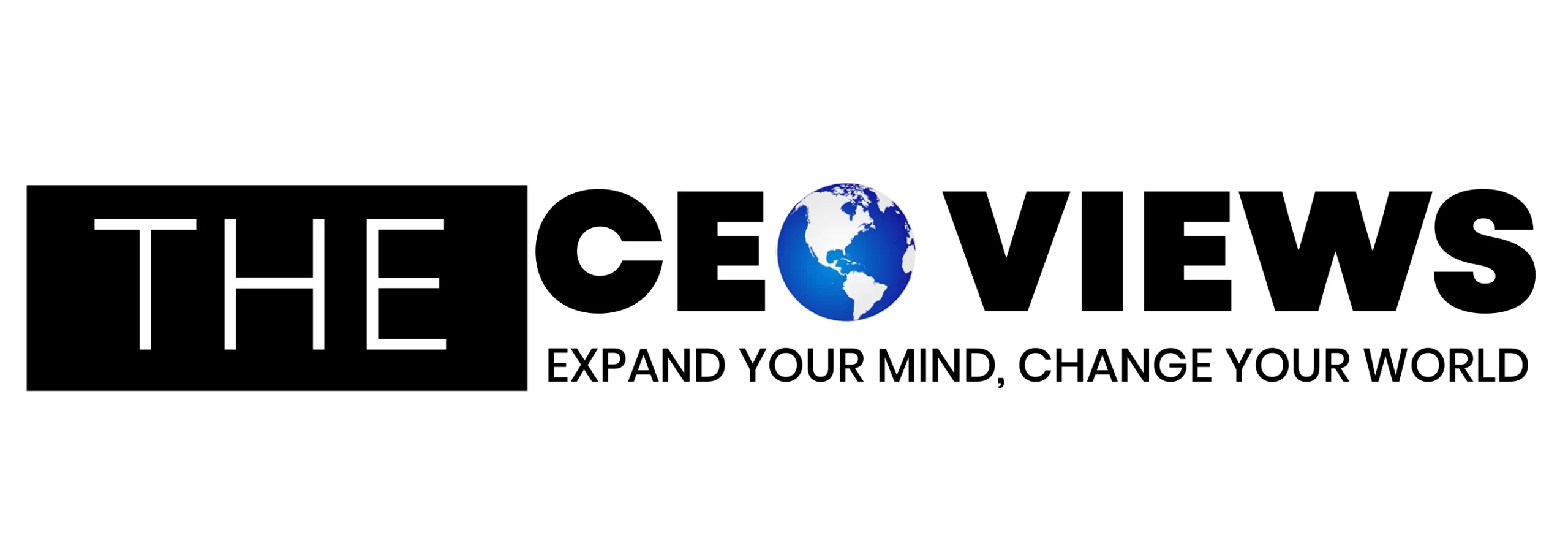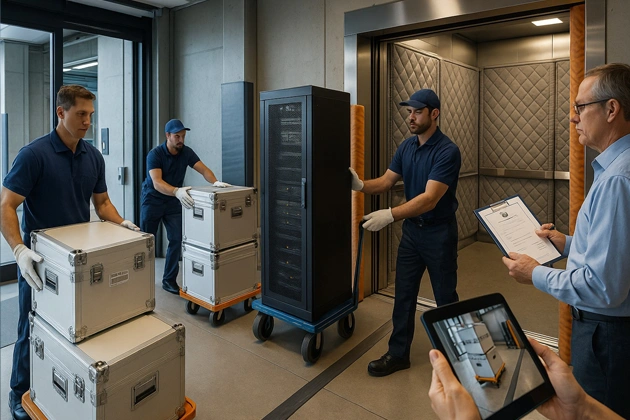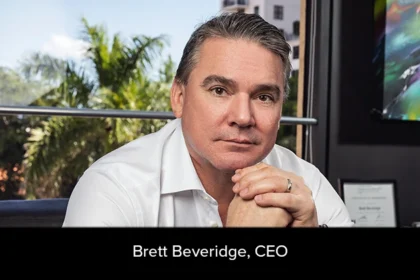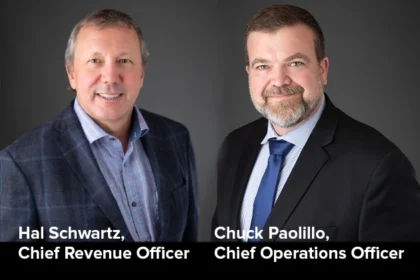For leaders planning to relocate their business from Boston to Miami, you are not just changing buildings. You are changing the way your company learns, sells, and serves. When a single headquarters tries to cover every time zone and every market, growth starts to grind. Deals wait for calendar slots, hiring taps the same crowded pool, and managers spend evenings apologizing for delays that are structural. A second hub in South Florida converts strain into reach. Think of it as adding a second engine to a plane already in the air.
Why Miami now and what it actually changes
Miami is a business operating system upgrade disguised as a beach city. The region brings a pro business environment, direct access to Latin American partners, and dense clusters in financial and health technology that speed vendor discovery and compliance learning. Executive recruiting broadens with bilingual talent used to regulated industries. The move is not about office views. It is about better timing for demos and renewals, faster feedback loops with customers, and a larger bench for specialized roles. The question for most boards is no longer if, but how to expand without burning cash or culture.
Florida’s zero personal income tax translates to immediate savings for your leadership team, while the 5.5% corporate tax rate beats Massachusetts’ combined rates. More importantly, the economic nexus threshold is $100,000 in Florida sales annually – meaning you’ll likely already qualify. Starting October 1, 2025, commercial lease transactions became exempt from state and local sales tax, reducing your real estate overhead by 6-7.5% in most counties.
The fintech and healthtech clusters aren’t marketing speak. Miami-Dade alone hosts over 200 financial services firms and emerging biotech companies that have collectively raised $2.3 billion since 2022. This concentration means faster vendor discovery, compliance partnerships, and talent acquisition in regulated industries where experience matters more than credentials.
A 12 week roadmap that actually holds
You do not need a maze of tasks. You need a tight sequence that keeps customers whole while the company shifts weight.
Weeks 1 to 2 focus on strategy and compliance. Decide whether you are moving everything or running hub and spoke. Register in Florida, stand up payroll and benefits, and build a clear risk register that covers data residency, healthcare and finance rules, and vendor obligations. Write it once and keep it current.
Weeks 3 to 4 are about people and communications. Run a leadership roadshow that explains why the move matters now. Publish a simple FAQ that answers what everyone whispers about compensation, relocation support, and remote flexibility. Identify roles most likely to churn and tie retention awards to six and twelve month milestones so critical knowledge stays put.
Weeks 5 to 6 lock in real estate and infrastructure. Shortlist flexible Class A spaces and prewire them for secure networking, reliable video, and sensible access control. If you have lab or light manufacturing needs, map permits, cold chain constraints, and hazardous material handling early so the loading dock never becomes a classroom.
Weeks 7 to 8 secure logistics and vendor commitments. Issue a competitive RFP with fixed building windows, certificates of insurance for both addresses, and clear damage liability terms. Run a day in the life pilot in the new office to check furniture, acoustics, and meeting room tech before anyone shows up with a laptop. In that RFP, state plainly that experienced movers from Boston to Miami provide barcode inventory, photo verification, and split deliveries for mission critical gear so timelines hold.
Weeks 9 to 10 protect customer continuity. Build a no downtime cutover plan and staff a temporary command center with overflow capacity for support and sales engineering. Update contracts and billing addresses. Notify customers about the new tax nexus where relevant and give them one point of contact during the transition.
Weeks 11 to 12 execute and stabilize. Stage weekend moves so you can test and correct between waves. Keep the old site on standby for thirty days. Audit systems after the move, check customer satisfaction, and compare productivity to your baseline so you can show the board facts, not anecdotes.
Compliance essentials without the drama
Out of state corporations need clean paperwork to operate in Florida. Have your good standing documents ready, appoint a registered agent, and leave time for foreign qualification. Regulated teams should add a short preflight: confirm any required branch notices for financial services, validate healthcare registrations and data handling, and review enterprise client data residency obligations. The goal is simple. When the first employee swipes a badge, compliance should already be true.
People strategy that keeps talent and momentum
Dual hub models succeed when roles are intentional and communication is human. Place long horizon work where deep expertise clusters live and market facing work near the partners and customers you want to win. Publish clear hybrid rules with two or three anchor days so the office feels alive without punishing focus time. Offer rotation paths so rising managers see a future in both locations. Treat week one in the new site like day one. Re onboard everyone on security, data handling, and service standards so assumptions do not turn into friction.
Real estate and infrastructure without surprises
Reliability beats luxury. Standardize conference rooms so calls just work. Build a secure network fabric with traffic prioritization for voice and video. Keep a master inventory of hardware with barcodes and photo logs. Move data and code before you move chairs. Mirror artifact repositories and CI pipelines so builds do not rely on a single site. Backups and recovery plans should be tested across hubs, not just documented.
Vendor management that prevents friction
Relocations fail when vendors treat your schedule as a suggestion. Score partners on federal safety history, replacement value insurance, and proof of chain of custody. Set timed delivery service levels with real fee back clauses. Require an on site supervisor who can pause loading if safety slips. Write one clear sentence into your contracts so procurement and operations speak with one voice. You are not buying trucks. You are buying a clean Monday morning.
Customer communication that builds trust
Think of the transition as a dual track sprint. One track continues to serve clients. The other moves the office. Separate the teams and the calendars. Freeze risky releases during move weekends and preload help center updates that answer predictable questions. Tell key accounts what will happen and when. Confidence rarely breaks because a plan changes. It breaks when people learn late.
Finance and risk that stand up in a board packet
Budgeting is straightforward when you group costs and outcomes. Your total cost model should include logistics, people, real estate, compliance and insurance, and the revenue acceleration you expect from better time zone coverage and faster hiring. Build conservative, base, and aggressive scenarios with explicit assumptions so no one debates ghosts. Add a pause point after phase one with objective thresholds. If indicators do not move, slow down without drama. Tie retention grants to delivery milestones and set vendor bonuses for on time arrival and documented zero loss of high value items.
Risks you can control before they control you
Elevator windows close. Trucks get stuck. People change their minds. Book alternate slots early and split deliveries so a single delay does not stop day one in the new site. Keep a backup storage option within an hour of the building. Maintain a simple succession list for critical roles and bake cross training into the calendar. Time zone friction creeps back unless you define quiet hours and response expectations for chat and tickets. Most safeguards feel small until the day you really need them.
Decision rhythm before go live
Four weeks out, start a weekly go or no go review. Look at customer health, retention of critical roles, regulatory readiness, system test results, vendor confirmations, and cash. Green means proceed, yellow means add oversight, red means pause and fix. Keep authority clear so decisions stick and teams are not left guessing.
What the board will watch without being asked
Use a short set of signals that reflect health, not vanity. These tell a true story:
- Day thirty productivity against the pre move baseline, voluntary attrition of critical roles, customer response time and backlog during cutover, budget variance versus the original case, revenue retention in at risk segments, and the utilization and loss rates of your demo inventory
The outcome that matters
The perfect relocation is the one customers barely notice. Monday morning support feels normal. Sales demos start on time. Engineering ships on the cadence you promised. Inside the company, people feel more present to clients and less rushed. For employees handling personal relocation, practical advice in this Boston to Miami move checklist can streamline packing, labeling, and timing while your corporate team stays focused on compliance and continuity. That is what a second hub should do. It widens your day, deepens your bench, and gives the company a steadier rhythm without asking people to sprint forever. Treat the move as a transformation program and follow a clear sequence, and South Florida stops being a postcard and becomes a multiplier.












